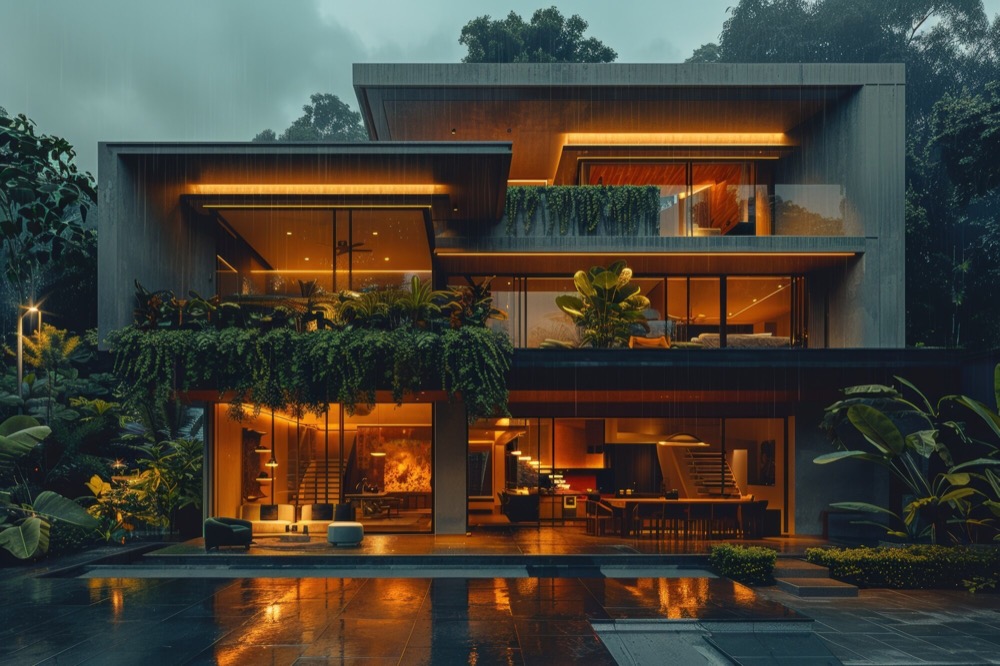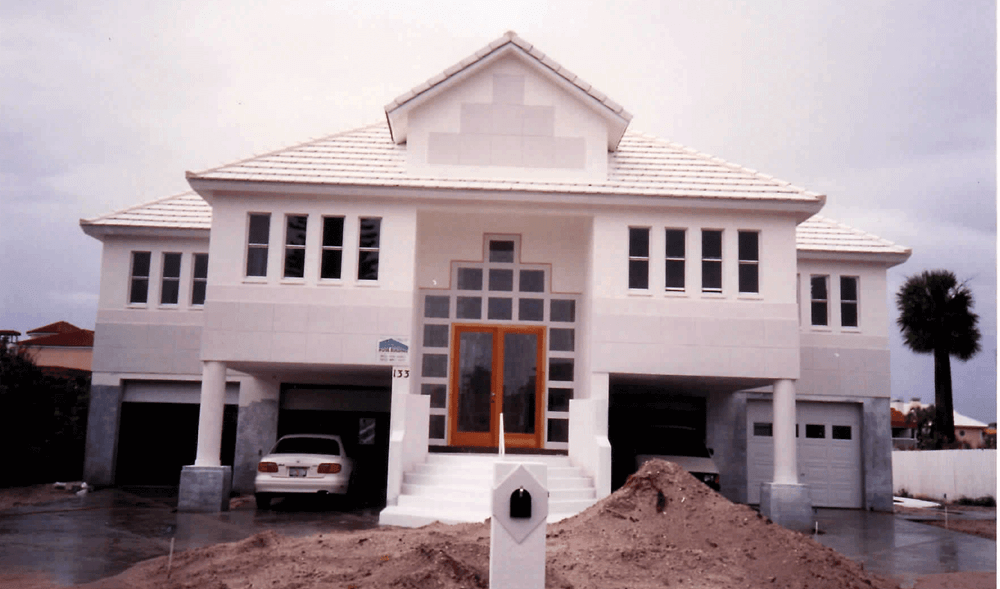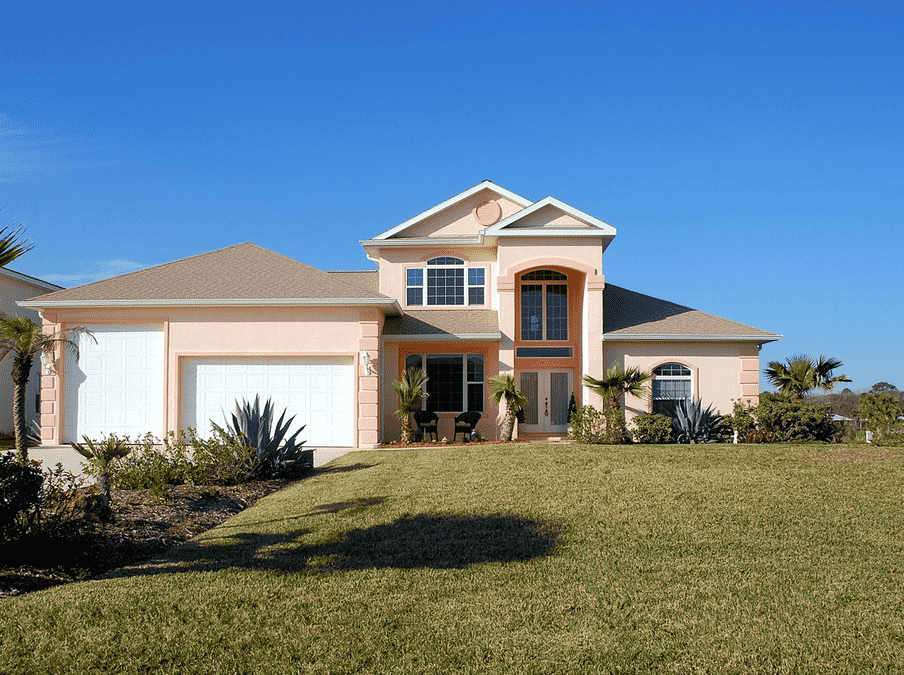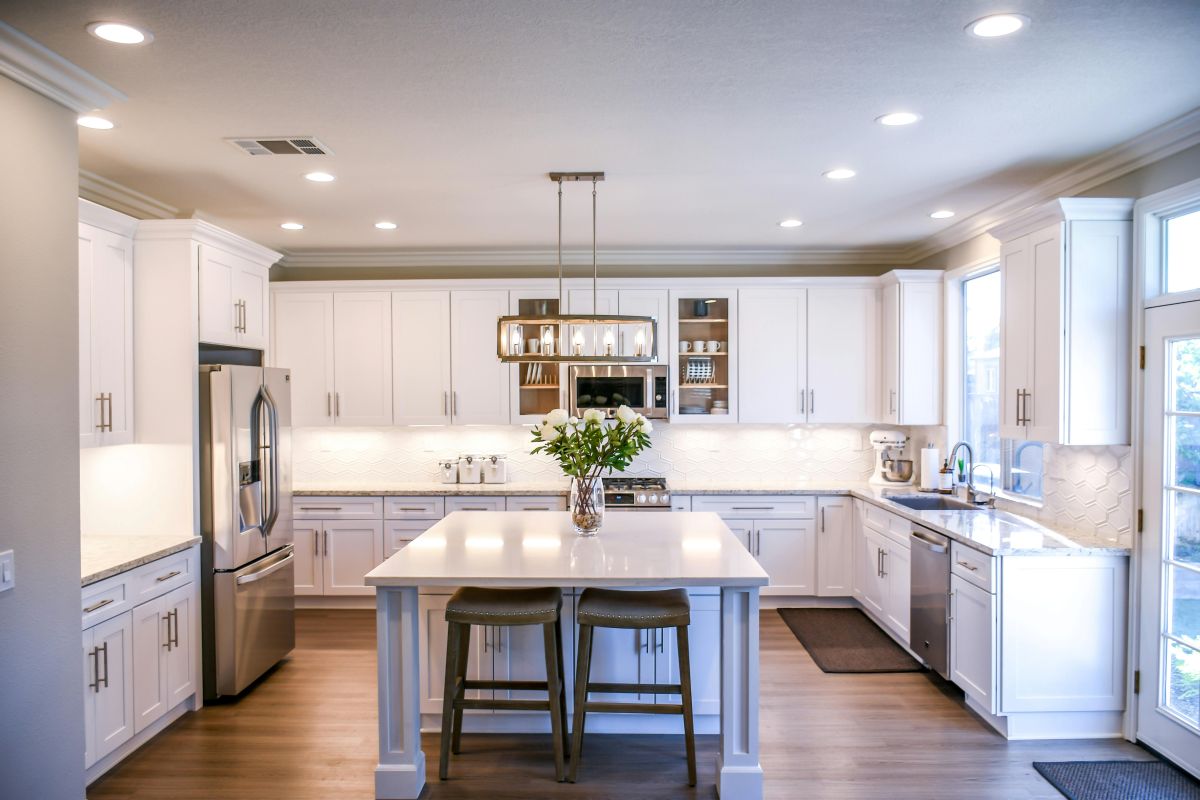By using our website, you agree to the use of cookies as described in our Cookie Policy
a
Rss Feed
Creating an Energy-Efficient Home: Design Tips and Strategies
 Credit: Freepik
Credit: Freepik
Energy efficiency is not just a trend but a necessity. With rising energy costs and growing concerns about environmental impact, building an energy-efficient home is a smart choice for both your wallet and the planet. By incorporating sustainable design principles from the outset, you can create a comfortable living space that minimizes energy consumption and reduces your carbon footprint.
Insulation and Air Sealing
Proper insulation and air sealing are the foundation of an energy-efficient home. Effective insulation helps regulate indoor temperatures, reducing the need for excessive heating and cooling. Additionally, sealing air leaks prevents conditioned air from escaping and unconditioned air from entering, further improving energy efficiency.
- Insulate walls, attics, and crawl spaces: Use high-quality insulation materials and ensure proper installation to maximize their effectiveness.
- Seal air leaks: Caulk and seal around windows, doors, electrical outlets, and other potential air leakage points.
- Consider insulated concrete forms (ICFs): ICFs provide superior insulation and air-tightness compared to traditional construction methods.
When it comes to insulation, it's essential to choose the right type and thickness for your climate and home design. Blown-in insulation, rigid foam boards, and spray foam insulation are all effective options. Additionally, proper air sealing techniques, such as using weatherstripping and caulking, can significantly reduce air leakage and improve energy efficiency.
Energy-Efficient Windows and Doors
Windows and doors are often responsible for significant energy loss in homes. Investing in energy-efficient options can make a substantial difference in your home's overall energy performance.
- Choose double or triple-paned windows: These windows have an insulating gas between the panes, reducing heat transfer.
- Install low-emissivity (low-E) coatings: Low-E coatings reflect heat, keeping your home cooler in summer and warmer in winter.
- Consider energy-efficient doors: Look for doors with insulated cores and weather stripping to prevent air leaks.
When selecting energy-efficient windows and doors, it's important to consider factors such as the climate, orientation, and size of the openings. Additionally, proper installation is crucial to ensure optimal performance and prevent air leaks. Energy-efficient windows and doors can significantly reduce your heating and cooling costs while improving indoor comfort.
Heating, Ventilation, and Air Conditioning (HVAC) Systems
Heating and cooling account for a significant portion of a home's energy consumption. Selecting the right HVAC system and ensuring proper installation and maintenance can significantly improve energy efficiency.
- Choose energy-efficient HVAC systems: Look for systems with high SEER (Seasonal Energy Efficiency Ratio) and AFUE (Annual Fuel Utilization Efficiency) ratings.
- Properly size the HVAC system: An oversized or undersized system can lead to inefficient operation and higher energy costs.
- Implement zoning and programmable thermostats: Zoning allows you to control temperatures in different areas of your home, while programmable thermostats help regulate temperatures based on your schedule.
In addition to selecting energy-efficient HVAC systems, it's crucial to maintain them regularly. Regular filter changes, duct cleaning, and professional maintenance can ensure optimal performance and extend the lifespan of your HVAC system. Proper sizing and zoning can also contribute to energy savings by preventing unnecessary heating or cooling of unused spaces.
Renewable Energy Sources
Incorporating renewable energy sources into your home's design can further reduce your reliance on traditional energy sources and lower your carbon footprint.
- Install solar panels: Solar panels harness the power of the sun to generate electricity for your home.
- Consider geothermal heating and cooling: Geothermal systems use the earth's natural heat to provide efficient heating and cooling.
- Explore wind power: In suitable locations, small-scale wind turbines can generate clean electricity for your home.
Renewable energy sources not only reduce your environmental impact but can also provide long-term cost savings. Solar panels, for example, can significantly offset your electricity costs, while geothermal systems can provide efficient heating and cooling with minimal reliance on fossil fuels. When considering renewable energy options, it's important to evaluate factors such as your location, available incentives, and the upfront costs versus long-term savings.
By implementing these energy-efficient design strategies, you can create a comfortable, sustainable living environment that reduces your energy costs and minimizes your environmental impact. At Rose Building Contractors, we specialize in constructing energy-efficient homes tailored to your needs. Contact us today at 727-596-2390 to learn more about our eco-friendly building solutions.
‹ Back






.png)
